-
 Bitcoin
Bitcoin $115200
-2.68% -
 Ethereum
Ethereum $3601
-5.16% -
 XRP
XRP $3.035
-2.96% -
 Tether USDt
Tether USDt $0.9997
-0.04% -
 BNB
BNB $764.5
-5.43% -
 Solana
Solana $168.1
-5.92% -
 USDC
USDC $0.9998
-0.02% -
 Dogecoin
Dogecoin $0.2090
-4.80% -
 TRON
TRON $0.3272
-0.49% -
 Cardano
Cardano $0.7306
-5.00% -
 Hyperliquid
Hyperliquid $39.16
-12.22% -
 Stellar
Stellar $0.3967
-4.96% -
 Sui
Sui $3.566
-5.95% -
 Chainlink
Chainlink $16.55
-6.57% -
 Bitcoin Cash
Bitcoin Cash $552.3
-3.90% -
 Hedera
Hedera $0.2516
-4.69% -
 Avalanche
Avalanche $21.99
-5.75% -
 Toncoin
Toncoin $3.621
-0.28% -
 Ethena USDe
Ethena USDe $1.000
-0.03% -
 UNUS SED LEO
UNUS SED LEO $8.951
0.02% -
 Litecoin
Litecoin $105.9
-3.59% -
 Shiba Inu
Shiba Inu $0.00001232
-5.00% -
 Polkadot
Polkadot $3.640
-5.55% -
 Uniswap
Uniswap $9.048
-7.03% -
 Monero
Monero $301.8
-1.51% -
 Dai
Dai $0.9999
-0.01% -
 Bitget Token
Bitget Token $4.334
-3.66% -
 Pepe
Pepe $0.00001064
-6.17% -
 Cronos
Cronos $0.1367
-5.78% -
 Aave
Aave $259.2
-4.59%
Can zero-knowledge proof hide transaction amounts? How to achieve it?
Zero-knowledge proofs enable hiding transaction amounts in cryptocurrencies like Zcash, ensuring privacy by verifying transaction validity without revealing specifics.
May 16, 2025 at 12:01 pm
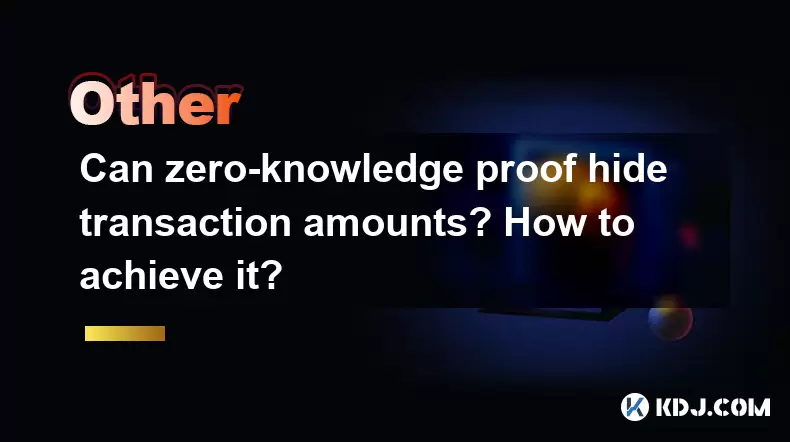
Introduction to Zero-Knowledge Proofs in Cryptocurrencies
Zero-knowledge proofs (ZKPs) are cryptographic protocols that allow one party to prove to another that a statement is true without revealing any information beyond the validity of the statement itself. In the realm of cryptocurrencies, ZKPs have been pivotal in enhancing privacy and security, particularly in transactions. One of the key questions that arise is whether ZKPs can be used to hide transaction amounts, and if so, how this can be achieved.
Understanding Transaction Amounts in Cryptocurrencies
In traditional blockchain transactions, the amount of cryptocurrency being transferred is typically visible to anyone who can access the blockchain. This transparency can be beneficial for maintaining trust and integrity in the system, but it also poses significant privacy concerns. Hiding transaction amounts is crucial for users who wish to keep their financial activities confidential.
The Role of Zero-Knowledge Proofs in Hiding Transaction Amounts
Zero-knowledge proofs can indeed be used to hide transaction amounts in cryptocurrencies. This is achieved by constructing proofs that verify the validity of a transaction without disclosing the actual amount being transferred. The key to this process is to ensure that the proof confirms that the transaction adheres to the rules of the blockchain (such as the sender having sufficient funds) without revealing the specific amount.
How Zero-Knowledge Proofs Hide Transaction Amounts
To hide transaction amounts using ZKPs, a system must be designed to handle the following steps:
Commitment Scheme: The sender and receiver use a commitment scheme to lock in the transaction amount without revealing it. This involves generating a commitment that can later be opened to reveal the amount, but only if the transaction is valid.
Proof Generation: The sender generates a zero-knowledge proof that demonstrates the transaction is valid without revealing the amount. This proof includes a verification that the sender has sufficient funds and that the transaction adheres to the blockchain's rules.
Verification: The verifier (which could be a node on the blockchain network) checks the proof to ensure its validity without learning the transaction amount. If the proof is valid, the transaction is added to the blockchain.
Opening the Commitment: Once the transaction is confirmed on the blockchain, the receiver can open the commitment to access the funds, but the amount remains hidden from other parties.
Practical Implementation: Zcash and zk-SNARKs
Zcash, a privacy-focused cryptocurrency, is a practical example of using ZKPs to hide transaction amounts. Zcash employs zk-SNARKs (Zero-Knowledge Succinct Non-Interactive Arguments of Knowledge) to achieve this. Here's how it works:
Transaction Creation: When creating a transaction, the sender uses zk-SNARKs to generate a proof that the transaction is valid without revealing the amount.
Proof Submission: The proof is submitted to the Zcash network, where nodes verify it without accessing the transaction amount.
Blockchain Update: If the proof is valid, the transaction is added to the Zcash blockchain, and the receiver can access the funds by opening the commitment.
Challenges and Considerations
While ZKPs offer a robust solution for hiding transaction amounts, there are several challenges and considerations to keep in mind:
Complexity: Implementing ZKPs, especially zk-SNARKs, requires significant computational resources and technical expertise. The complexity can be a barrier to widespread adoption.
Scalability: The computational overhead of generating and verifying ZKPs can impact the scalability of the blockchain, potentially leading to slower transaction times and higher fees.
Regulatory Concerns: Hiding transaction amounts can raise regulatory concerns, as it may facilitate illicit activities. Balancing privacy with regulatory compliance is a significant challenge for cryptocurrencies using ZKPs.
Practical Steps to Implement Zero-Knowledge Proofs for Hiding Transaction Amounts
To implement ZKPs for hiding transaction amounts, follow these practical steps:
Choose a ZKP Protocol: Select a suitable ZKP protocol such as zk-SNARKs or zk-STARKs, depending on your specific requirements and resources.
Set Up the Environment: Ensure you have the necessary computational resources and software libraries to support ZKP operations. For example, Zcash uses the libsnark library for zk-SNARKs.
Generate Key Pairs: Generate cryptographic key pairs for the sender and receiver. These keys will be used to create and verify the ZKPs.
Create a Commitment Scheme: Implement a commitment scheme to lock in the transaction amount. This can be done using cryptographic hash functions.
Generate the Proof: Use the chosen ZKP protocol to generate a proof that the transaction is valid without revealing the amount. This involves proving that the sender has sufficient funds and that the transaction adheres to the blockchain's rules.
Submit the Proof: Submit the proof to the blockchain network for verification. Nodes on the network will check the proof without accessing the transaction amount.
Verify the Proof: The verifier checks the proof to ensure its validity. If the proof is valid, the transaction is added to the blockchain.
Open the Commitment: Once the transaction is confirmed, the receiver can open the commitment to access the funds, but the amount remains hidden from other parties.
Frequently Asked Questions
Q: Can zero-knowledge proofs be used to hide other transaction details besides the amount?
A: Yes, zero-knowledge proofs can be used to hide other transaction details such as the sender's and receiver's addresses. For example, Zcash uses zk-SNARKs to shield both the transaction amount and the addresses involved in the transaction, providing comprehensive privacy.
Q: Are there any cryptocurrencies other than Zcash that use zero-knowledge proofs to hide transaction amounts?
A: Yes, several other cryptocurrencies use ZKPs for privacy. For instance, Monero uses ring signatures and confidential transactions to hide transaction amounts, although it does not use ZKPs in the same way as Zcash. Aztec Protocol is another example that uses ZKPs to enable private transactions on Ethereum.
Q: How do zero-knowledge proofs impact the performance of a blockchain?
A: Zero-knowledge proofs can impact the performance of a blockchain by increasing the computational overhead required for transaction processing. Generating and verifying ZKPs requires significant computational resources, which can lead to slower transaction times and higher fees. However, ongoing research and development aim to improve the efficiency of ZKP protocols to mitigate these effects.
Q: What are the potential risks associated with using zero-knowledge proofs to hide transaction amounts?
A: The primary risk associated with using ZKPs to hide transaction amounts is the potential for facilitating illicit activities due to increased privacy. Additionally, the complexity of ZKP implementation can lead to vulnerabilities if not properly managed. Regulatory scrutiny is another risk, as governments may impose restrictions on cryptocurrencies that offer high levels of privacy.
Disclaimer:info@kdj.com
The information provided is not trading advice. kdj.com does not assume any responsibility for any investments made based on the information provided in this article. Cryptocurrencies are highly volatile and it is highly recommended that you invest with caution after thorough research!
If you believe that the content used on this website infringes your copyright, please contact us immediately (info@kdj.com) and we will delete it promptly.
- Litecoin Price Watch: UNIL Pump & Staking Success Steal the Show?
- 2025-08-02 02:50:12
- Bitcoin, Crypto, Gambling Sites: 2025's Hottest Trends and Where to Bet
- 2025-08-02 02:50:12
- FTX Token's Wild Ride: FTT Drop Amidst Creditor Repayment Buzz
- 2025-08-02 01:30:12
- Navigating the Crypto Market: Bitcoin, Trader Experience, and Avoiding the Noise
- 2025-08-02 00:50:12
- Deep Agents, AI Task Management, and Evolution AI: A New Era?
- 2025-08-02 00:50:12
- AAVE Price Under Pressure: Technical Indicators Point to Bearish Momentum
- 2025-08-02 02:10:12
Related knowledge

What is the difference between a blockchain and a database?
Aug 01,2025 at 09:36pm
Understanding the Core Structure of a BlockchainA blockchain is a decentralized digital ledger that records data in a series of immutable blocks linke...
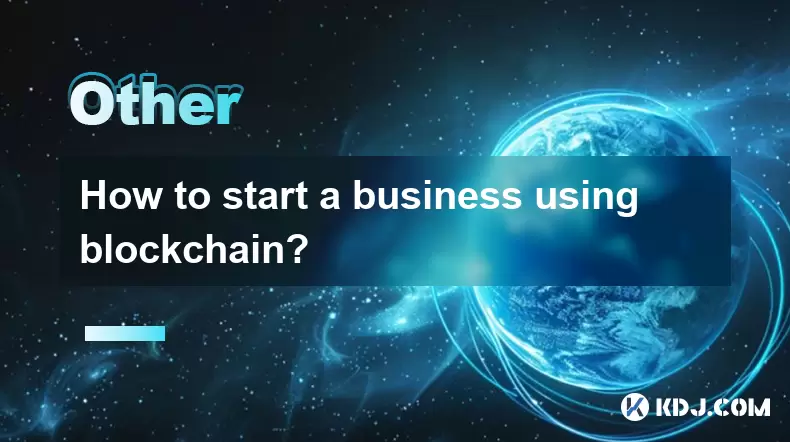
How to start a business using blockchain?
Jul 28,2025 at 12:36am
Understanding the Basics of Blockchain TechnologyBefore diving into the process of starting a business using blockchain, it's crucial to understand wh...
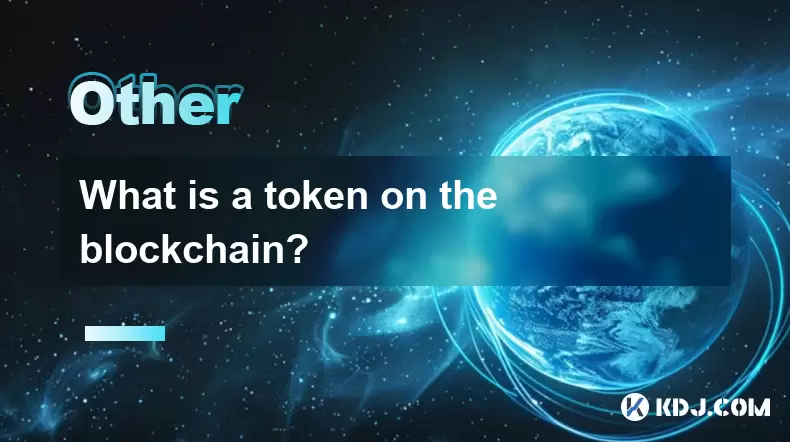
What is a token on the blockchain?
Jul 21,2025 at 07:00am
Understanding the Concept of a TokenIn the realm of blockchain technology, a token is a digital representation of an asset or utility that exists on a...
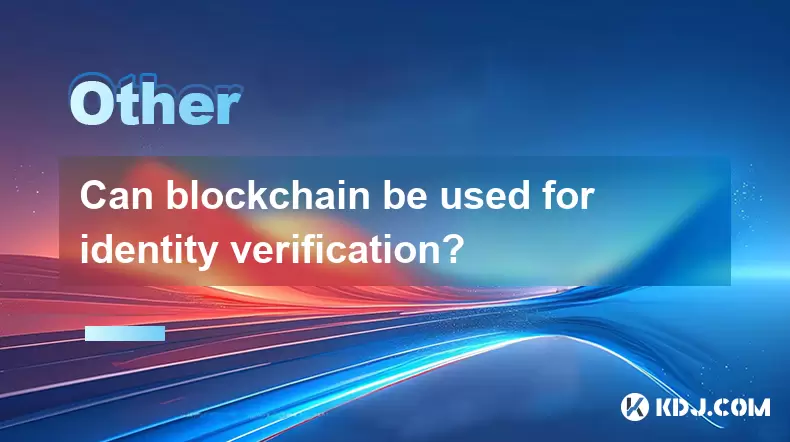
Can blockchain be used for identity verification?
Jul 18,2025 at 02:14pm
Understanding Identity Verification in the Digital AgeIn the modern digital landscape, identity verification has become a critical component for ensur...
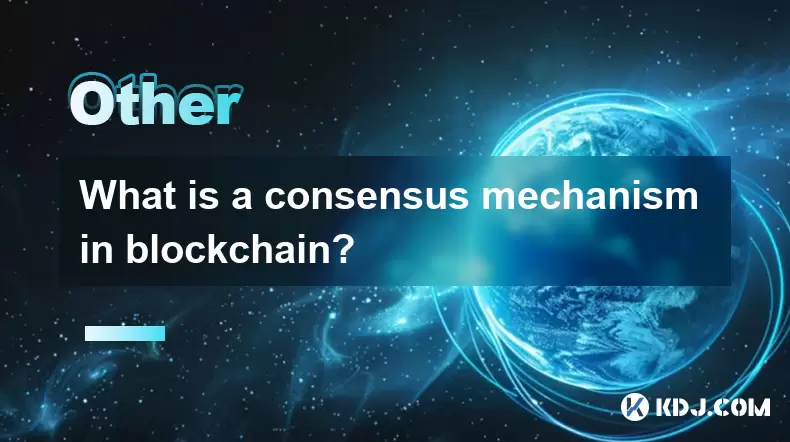
What is a consensus mechanism in blockchain?
Jul 21,2025 at 03:01am
Understanding the Basics of Consensus MechanismsA consensus mechanism is a critical component of any blockchain network. It refers to the process by w...
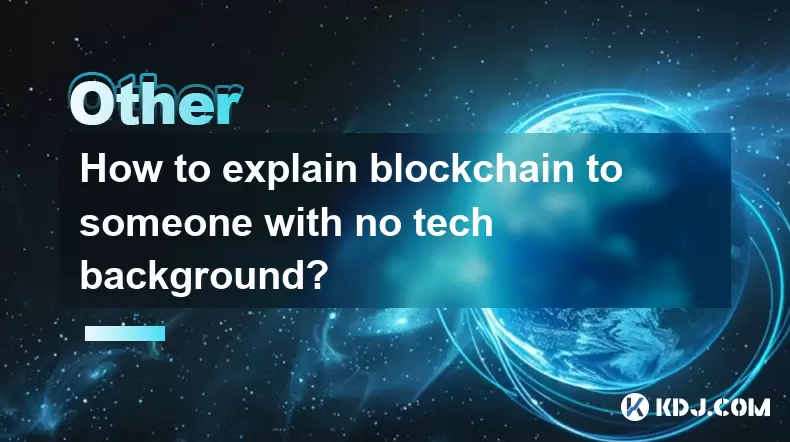
How to explain blockchain to someone with no tech background?
Jul 18,2025 at 11:08pm
Understanding the Basics of BlockchainTo explain blockchain to someone with no tech background, it's essential to start with simple analogies and avoi...

What is the difference between a blockchain and a database?
Aug 01,2025 at 09:36pm
Understanding the Core Structure of a BlockchainA blockchain is a decentralized digital ledger that records data in a series of immutable blocks linke...

How to start a business using blockchain?
Jul 28,2025 at 12:36am
Understanding the Basics of Blockchain TechnologyBefore diving into the process of starting a business using blockchain, it's crucial to understand wh...

What is a token on the blockchain?
Jul 21,2025 at 07:00am
Understanding the Concept of a TokenIn the realm of blockchain technology, a token is a digital representation of an asset or utility that exists on a...

Can blockchain be used for identity verification?
Jul 18,2025 at 02:14pm
Understanding Identity Verification in the Digital AgeIn the modern digital landscape, identity verification has become a critical component for ensur...

What is a consensus mechanism in blockchain?
Jul 21,2025 at 03:01am
Understanding the Basics of Consensus MechanismsA consensus mechanism is a critical component of any blockchain network. It refers to the process by w...

How to explain blockchain to someone with no tech background?
Jul 18,2025 at 11:08pm
Understanding the Basics of BlockchainTo explain blockchain to someone with no tech background, it's essential to start with simple analogies and avoi...
See all articles

























































































